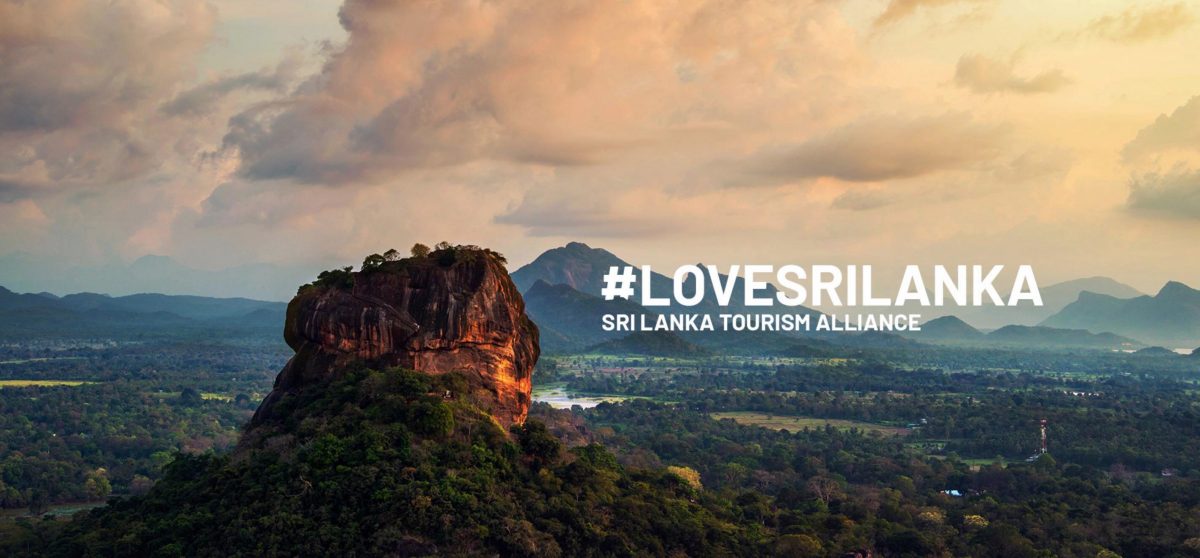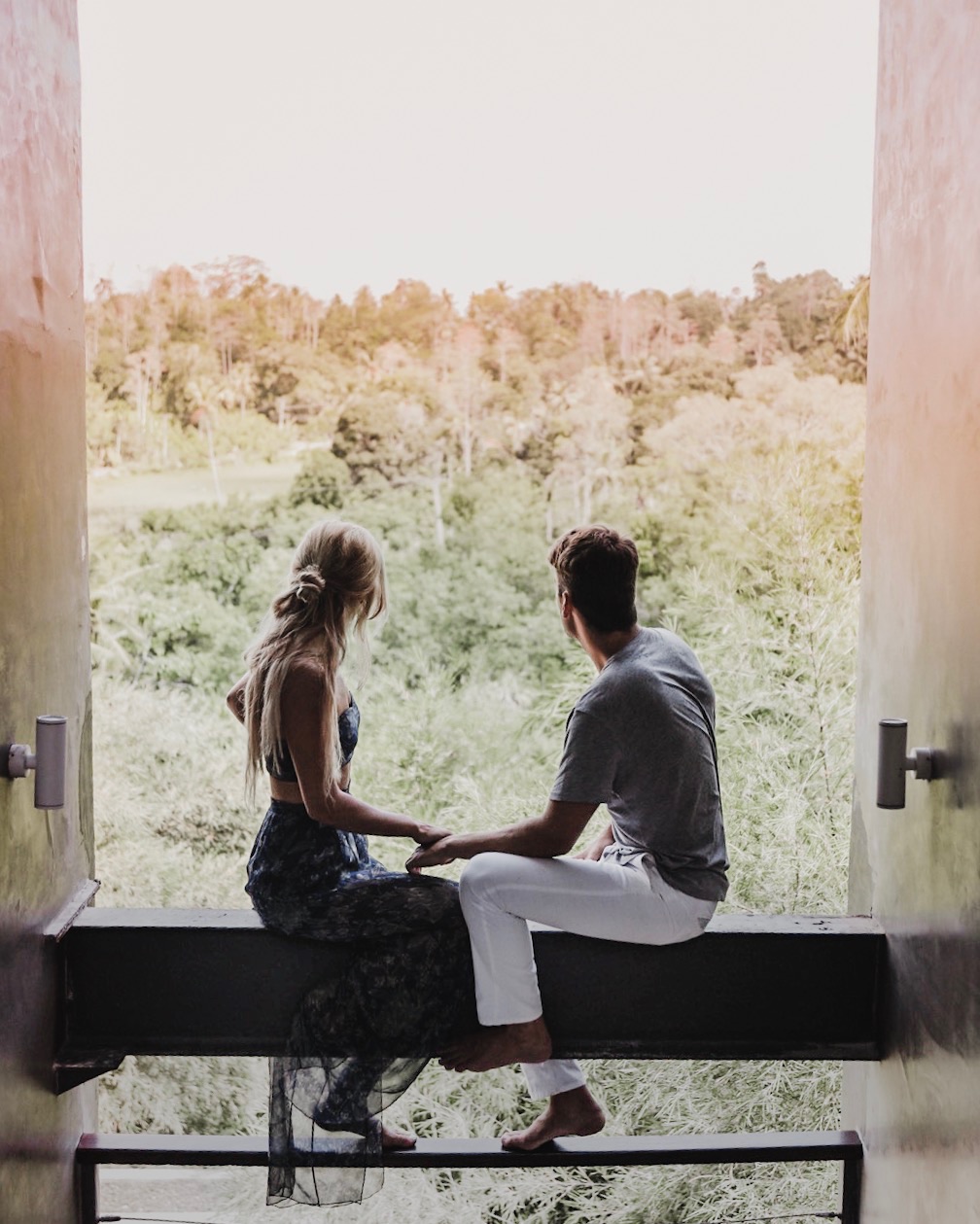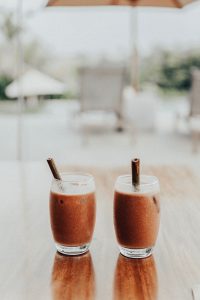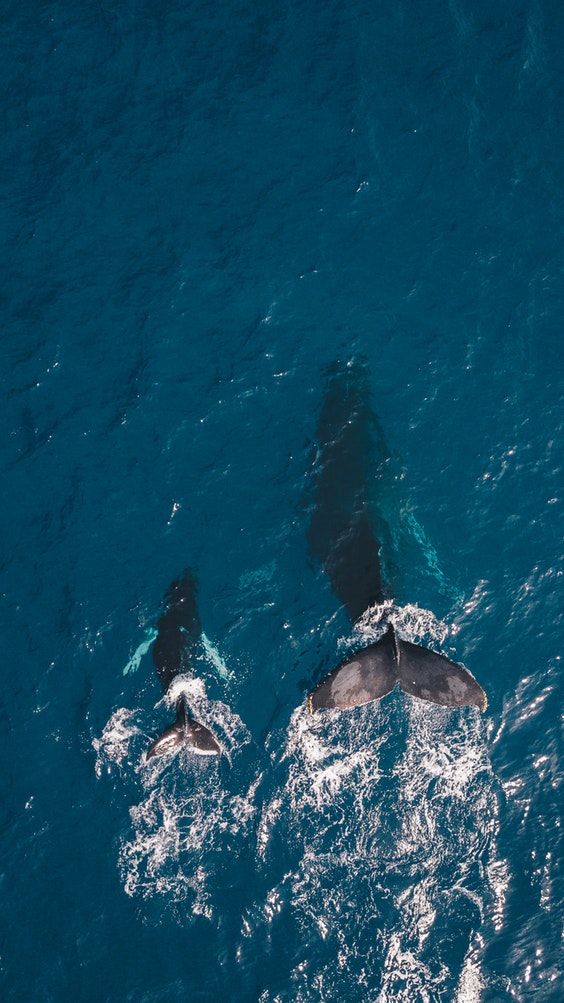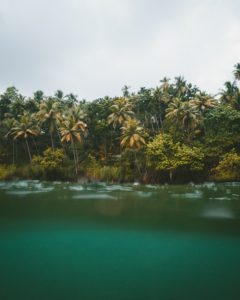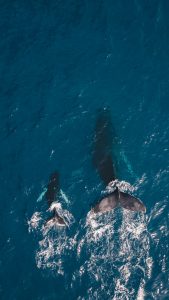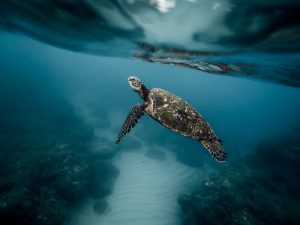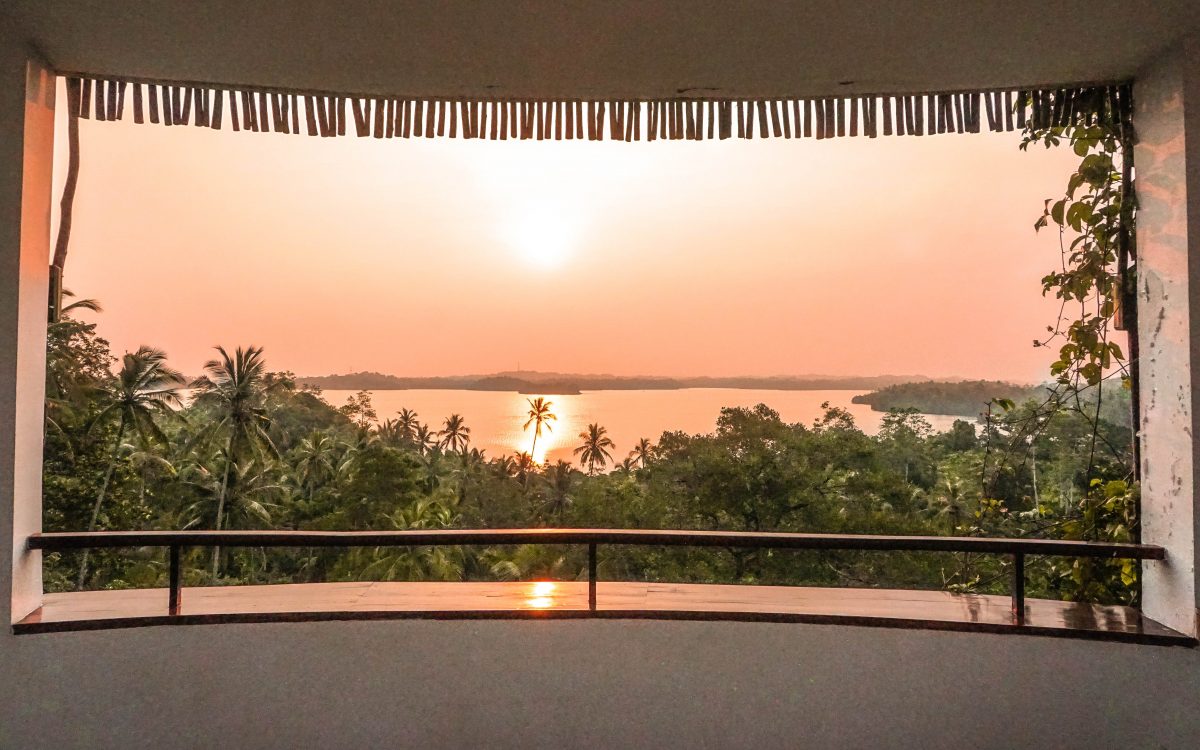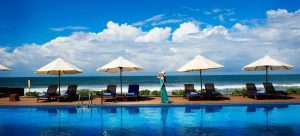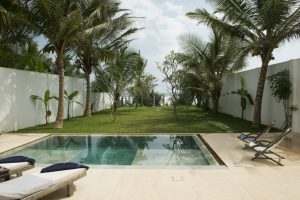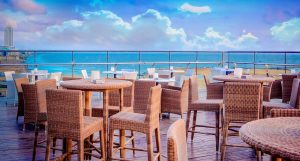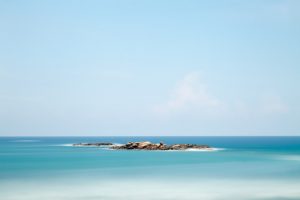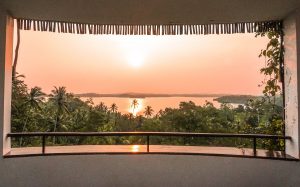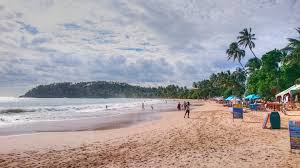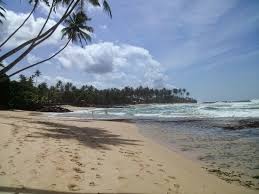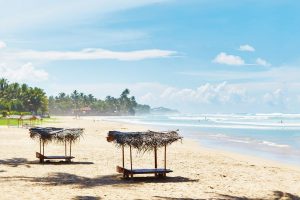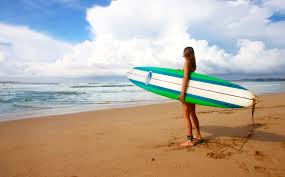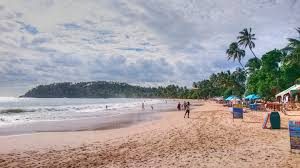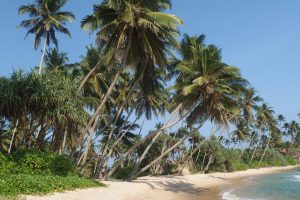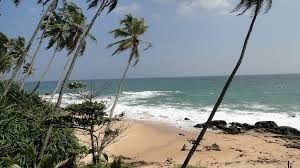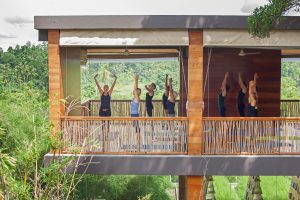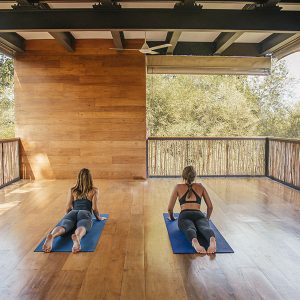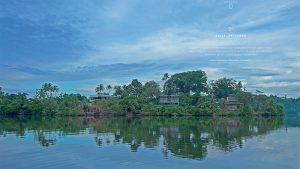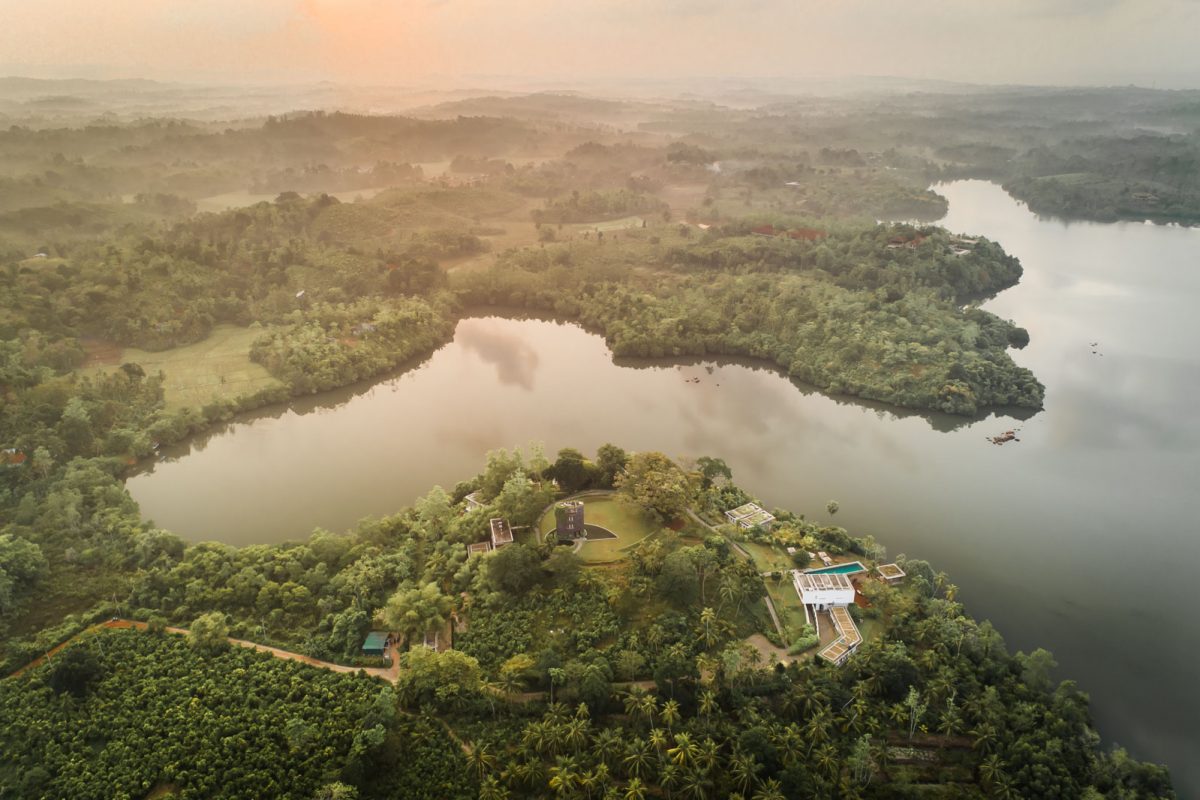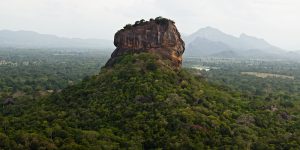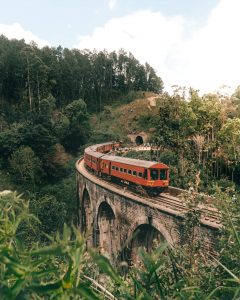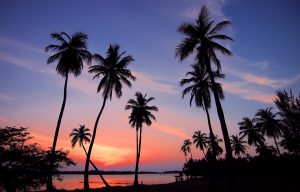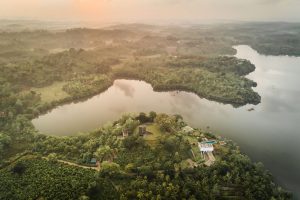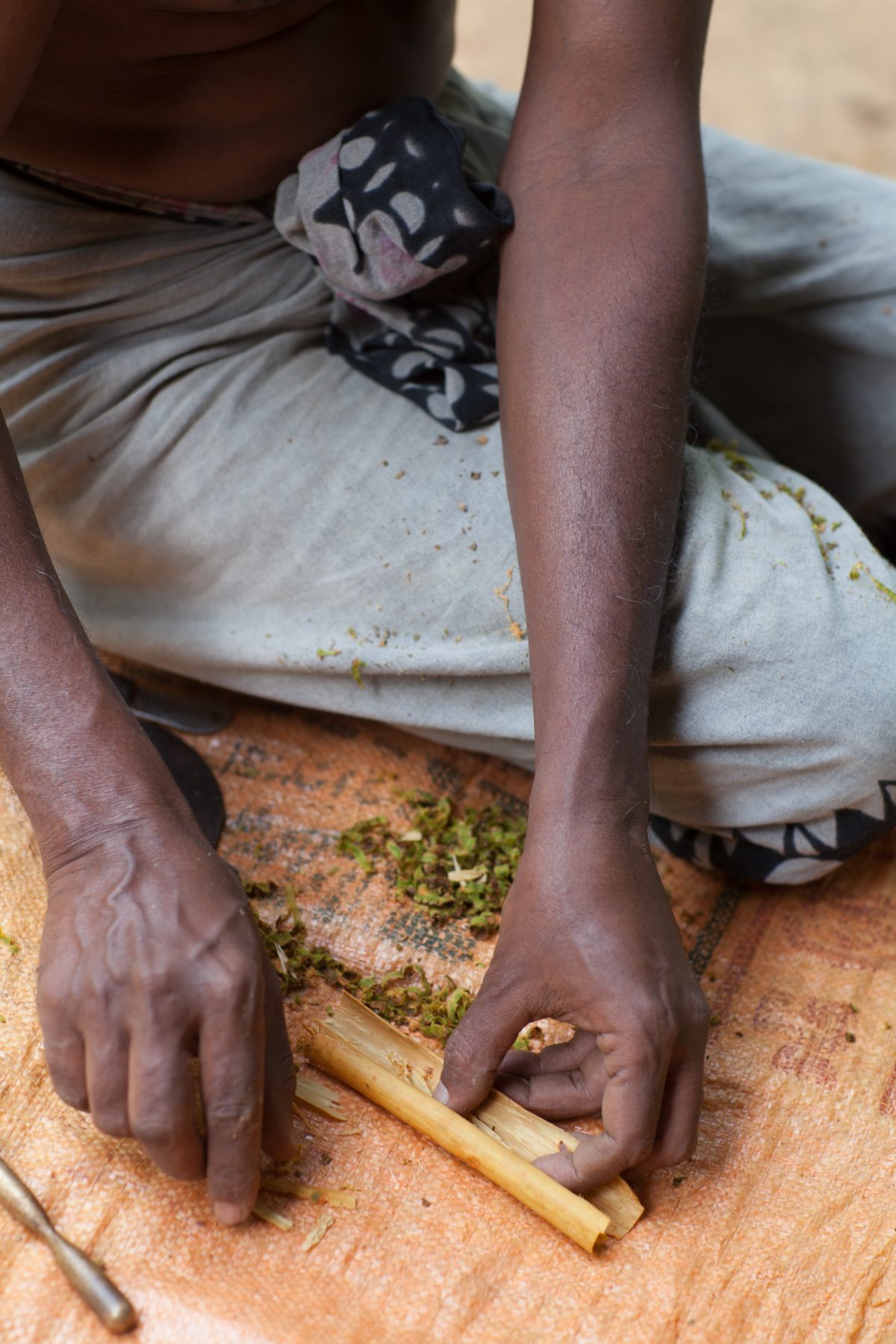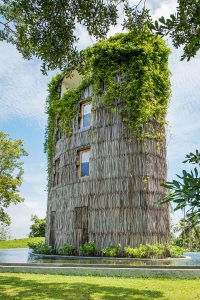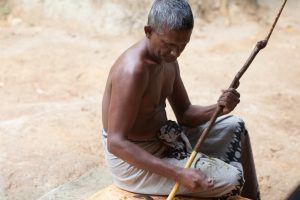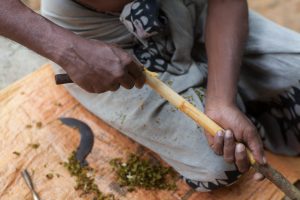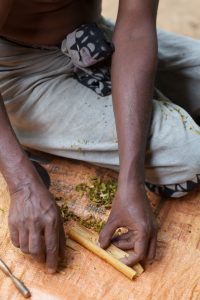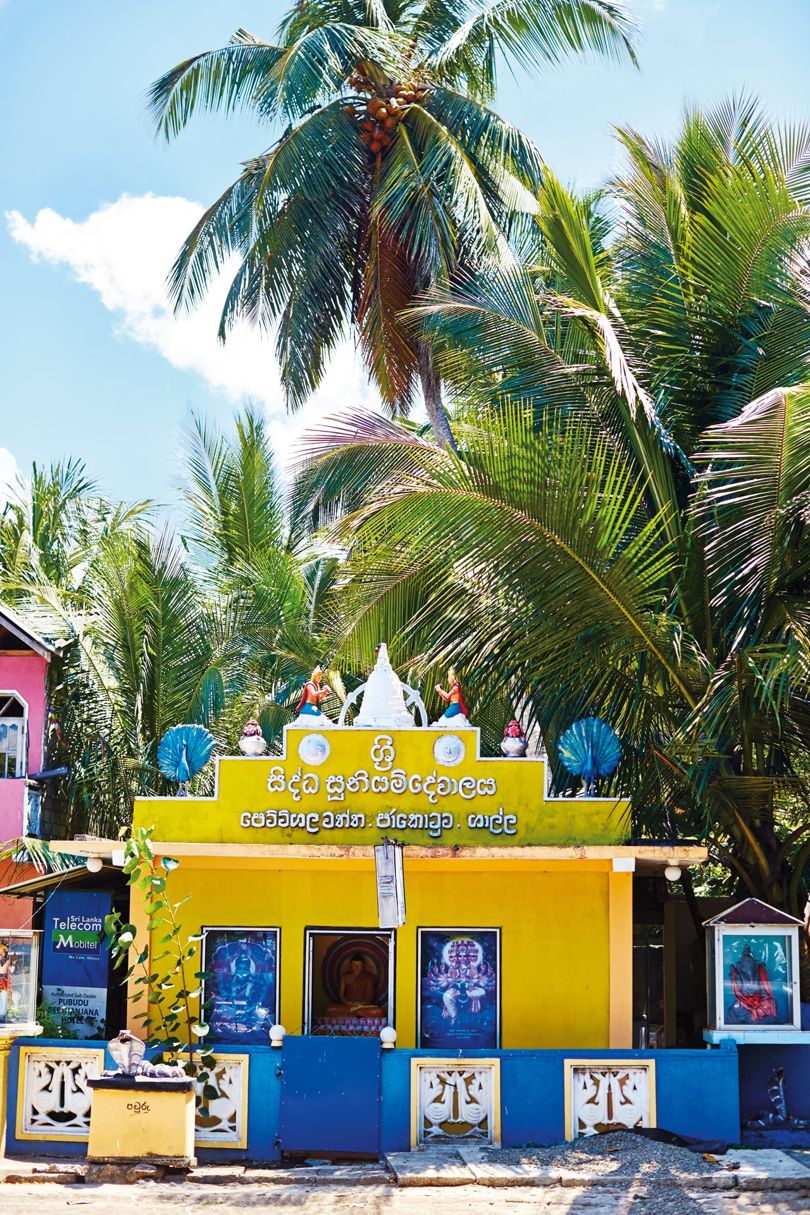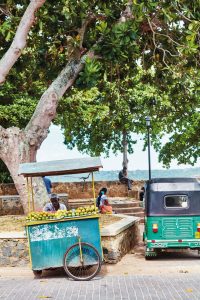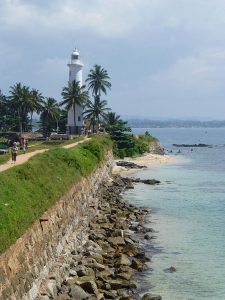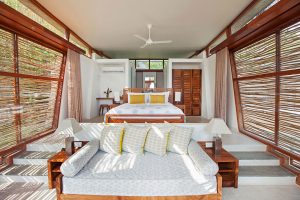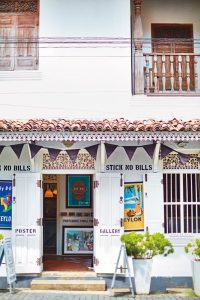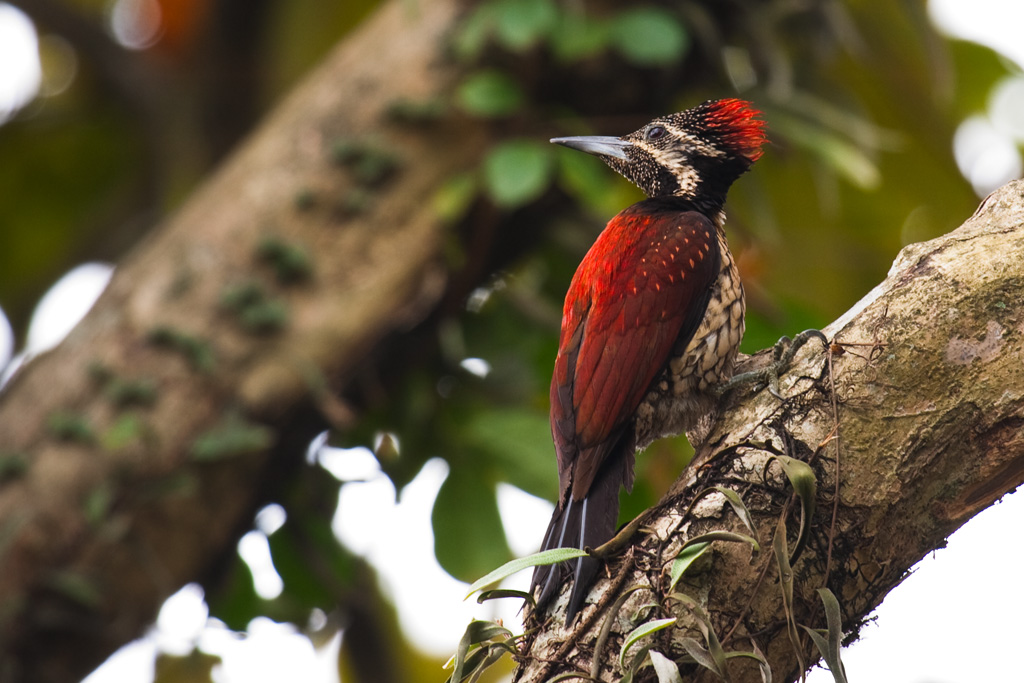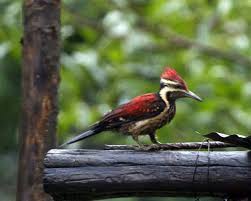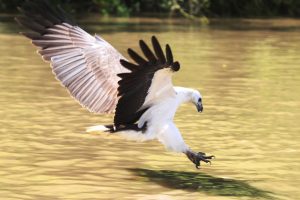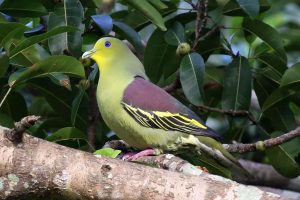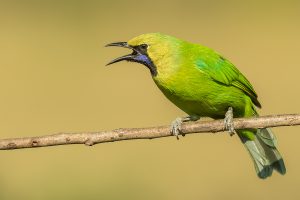#LoveSriLanka by the Sri Lanka Tourism Alliance launches amid support from Sri Lankans & Travellers around the world.
In the wake of the Easter Sunday outrage, several hoteliers, including Tri Lanka came together to form the Sri Lanka Tourism Alliance, launching its #LoveSriLanka initiative. The Alliance’s main focus is the creation of an enabling online platform & community to promote & support Sri Lanka’s return to the norms of island life, specifically with regard to tourism. The initiative was launched as a response to a pressing need for the tourism and travel sector here and abroad for a single point of information that would assist the sector in responding to the current situation in the most effective way possible.
The response, an Alliance spokesperson explains, has been phenomenal. “2 days before we even launched the web portal, we realised that people, within the sector and the general public, had changed their profile pictures on social media to the Love Sri Lanka Icon. It just goes to show that there are lots of open hearts right now who crave a change to a positive direction”
The portal provides the tourism industry & potential travellers with consolidated information, updates and advice from credible sources on the ground in Sri Lanka. In addition, the portal provides updates from tourists currently in Sri Lanka, agglomerating their posts so that anyone planning a trip can see the ground realities of travel in Sri Lanka right now.
Roughly 1 in 10 families rely on the tourism sector in Sri Lanka with a pressing need for greater collaboration and solidarity within the sector. Many Tour Operators, Agents and Hotels have signed on as members and to receive regular updates. Signing on is a simple process done through the web portal. “The industry, the public and both present and past tourists have made it clear they’ll support, tag, share – and do what it takes to stand with Sri Lanka right now, and we in the industry are very hopeful” says the Alliance.
Follow #LoveSriLanka:
Facebook
Pinterest
Instagram
Twitter
YouTube
